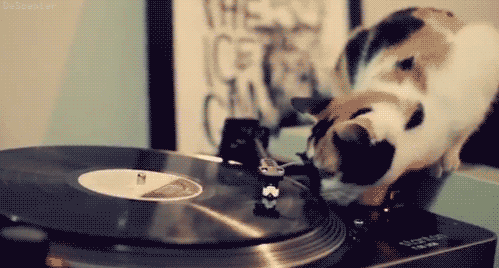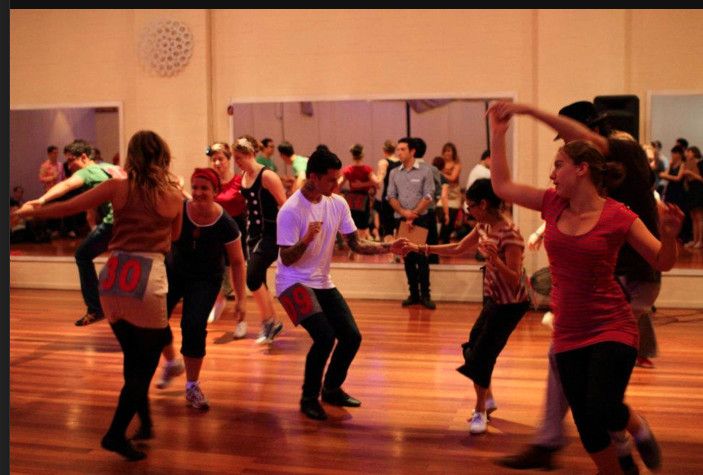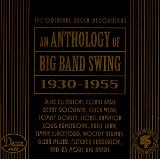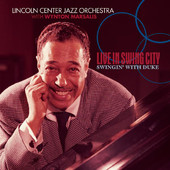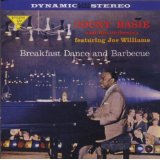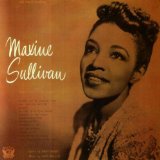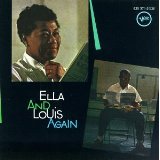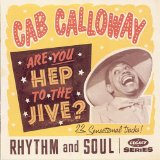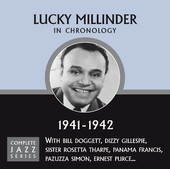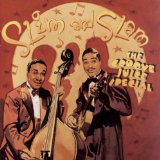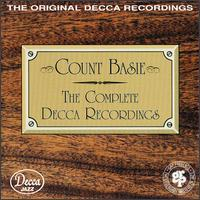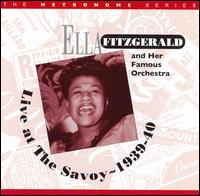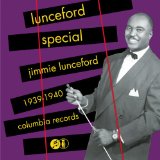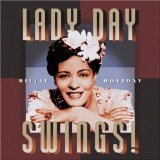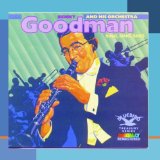I have some things I want to say about the intersection of dance and audio-visual media, but I don’t have time to make a whole, proper argument. Fuck, I took 100 000 words to talk about these issues in my phd dissertation, so I’m not sure I’ll ever be able to write about this succinctly.
But let me note the ideas that happened to me today. Firstly, someone else made a very interesting observation.
Jerry linked up an interesting video on Facebook.
MOTION #04 – Ledru Rollin by motionparis
And he wrote:
Via BrotherSwing. This is a pretty slick video featuring Melanie Ohl. However this does highlight an interesting conundrum with these kinds of videos in that the editing is so quick that it’s hard to get a sense of how well the dancer is actually moving. I’ve seen other videos of Melanie, and she is pretty good, but the camera doesn’t stay on her for more than a few beats at a time. On one hand it does keep the casual viewer engaged, but it makes it difficult for someone trying to enjoy just the dance itself.
I’m starting to pay attention to more of this stuff as I’m making my own foray into the netherworld videography with my new camera. Plus a lot of Lindy Hoppers are now getting the opportunity to be filmed all fancy like, I’m actually working on a short video which I may post very soon.
Also, this seems to be a part of a series of videos focusing on different dancers doing different dances, so if you enjoy this, check out the user’s main page for more.
I’ve been paying (some) attention to the way dancers’ve been getting into vlogging lately (eg Mike Pedroza is using youtube and Jerry is making interviews and other fun things (again via youtube, but with his blog and FB page as the key delivery tools)) and I’m always interested in dance-musician video projects.
This is partly because I’m a dance nerd, but much more because I spent a really long time learning and reading and thinking and writing and teaching about media and audiences at uni. I’m really, really, really interested in audiences and modes of participant-consumption (no, I am not ok with the term ‘produceage’). That’s really how my phd began: how do dancers use digital media in everyday dance practice? I wrote about AV media, DJing, email lists and discussion boards, and I can’t seem to stop thinking about this stuff. I guess I just can’t get away from the idea that dancers are all about the body – the face to face interaction – and yet swing dancers are very into digital media. There are all sorts of interesting class, culture and ethnicity issues at work here.
In my own work I carefully avoided talk about Cartesian splits, because I don’t think it’s a terribly useful model. Dancers don’t divide their brains and their bodies, and to insist that dancing is always and forever a thing of the senses and the body, is to devalue the work of choreography and the social labour of production and consumption surrounding the dance floor… or those three minutes on the dance floor. Just as I feel that it does musicians a disservice to dismiss the best jazz as ‘creative magic’, I think it is a mistake to talk about dance only as creative magic happening in the body.
I think that the dancers who achieve the greatest things do spend a lot of time thinking about dance, and how dance works, but they spend even more time on the dance floor, moving, and finally (and always?) they are thinking with their bodies. So I don’t like that idea of a mind/body dichotomy. And we do need to consider the idea that thinking about dance can happen via digital media as well.
I know I’m not the only one who can’t watch dance videos before bed because they keep me awake. I’d always joked about ‘Pavlov’s lindy hopper‘, but then I came across an article by Beatriz Calvo-Merino, Julie Gre`zes, Daniel E. Glaser, Richard E. Passingham, and Patrick Haggard called ‘Seeing or Doing? Influence of Visual and Motor Familiarity in Action Observation’. Basically, if you wire up a dancer’s brain and then observe them watching a particular dance choreography, the same bits of their brain fire as they would when that dancer was themselves dancing that choreography. CRAZY. So – and I extrapolate wildly and without substantiation here – when I’m watching solo charleston videos before bed, my brain starts firing, and it’s as though I’m dancing that charleston. And then we all know how long it takes to calm down after a bit of crazy charleston. I’m also beginning to suspect that a DJ (who is also a dancer) experiences the same brain-work while they’re DJing and watching the floor. So a DJ who watches the floor should – boy, this is getting precarious – should be a better DJ for this doppelgängering effect. Yes, I know doppelgänger probably isn’t the right word or term to describe this. Mirroring – the term Calvo-Merino et al use – is far more useful.
So, yes, let’s talk about this in terms of ‘thinking with the body’. That idea is useful when we think about choreography – and probably even teaching dance – because it gives the observer a way to feel what is going on in the body of the dancer who is being observed.
Yes, yes, but what has this to do with Jerry’s original post?
This is what I wrote in response to Jerry’s facebook post above:
Oh Jerry, I think I love you. This is so totally up my (media studies) alley!
There’s quite a bit of literature in cinema studies about filming dance. I guess the tension lies in filming dance-as-spectacle in itself (where you basically just set up the camera to film dancers’ whole bodies from a fixed position) _or_ filming dance-as-narrative, where you cut, pan, edit, etc to tell a more complex story about dance and through dance.
I saw a very interesting conference paper by Tommy DeFrantz a few years ago, where he talked about Hype Williams and a “black visual intonation” in music video (Believe the Hype: Hype Williams and Afrofuturist Filmmaking’, ‘Refractory’, Thomas F. DeFrantz, Published Aug 27th 2003). This was basically looking at how we might make music video (featuring black music and dance) in a way that reflects the rhythms and intonations of black music and dance itself. In the simplest terms, that might mean cutting and editing film in a particular rhythm. This immediately makes me wonder what a film cut in a ‘step step triple-step’ rhythm might look like.
Another fascinating example of this sort of thing is the Two Cousins video:
On one level the choreography has been put together as a response to the song. The first ‘scene’ gives us Ryan dancing ‘in time’ to the song ‘Two Cousins’. The film then cuts immediately to a slow-mo pulled-back shot of Ryan dancing, with a busier, more exciting part of the song overlaid. There’s an interesting tension between the more exciting music, the exciting dance steps and the effect of slow motion itself.
I think two of the reasons so many people were irritated by the Slow Club video was that it cut and edited the choreography ‘out of sync’, and it also messed with the speed of the choreography – slowing things down and speeding them up. So our dancer’s eye was continually frustrated by an inability to follow the patterns of the choreography ‘in real time’. Lindy hoppers are pattern matchers, and it’s very frustrating to not get to see the entire pattern of the choreography laid out in real time, so we can comprehend the ‘story’ of the choreography itself – the repeating patterns and rhythms. Refusing to let us see the pattern builds tension (and frustration); we never get the release of closure or pattern-repeating.
In contrast, lindy hoppers tend to really love films like the original Al and Leon videos:
(Charleston — Original Al & Leon Style!!)In these videos there are no cuts, just a few very slow pans. With no cuts, we don’t get that feeling of anxiety about ‘missing’ something that’s been ‘cut out’ of the film: we see the whole thing, in real time. We get to see the patterns and rhythms.
I’m totally fascinated by all this. I’ve written an article about how dancers’ use of AV media changed the way the original films worked as texts. We cut out the ‘dancing bits’ and watch them in isolation from the broader film narrative (which films like Hellzapoppin actually were designed for – censors cutting out the bits that broke race laws). But then we also do things like watch and rewatch, and then watch and rewatch _parts_ of that original scene, out of order. Dancers: we’re all about imposing our own narrative flow. Just like all audiences, really.
Now, to tie all this together. I think, when I wrote about this frustration that dancers feel watching the Two Cousins video, I was referring to a sort of tension (yes, I do overuse that word, but it’s a good one to describe this feeling) that you might feel if you watched this video as a dancer. The Pavlov’s lindy hopper effect kicks in, but then it’s not taken to completion; we don’t get that good old adrenaline contact high from watching this video. Mo frustration!
But this is of course all just speculation on my part. And even I’m highly skeptical. It seems far more likely that the negative comments about the Two Cousins video stemmed mostly from an intellectual and creative frustration with the cutting and ‘obscuring’ of these two gifted dancers. Finally – a high quality video of two of the most difficult-to-catch-on-film, most talented male dancers of our era – and we can’t even SEE THEM! And I’m sure we don’t even need to go into the aesthetic and creative frustrations we feel watching the Two Cousins clip.
Here is where I might insert a bit of talk about the perils of narrative cinema, Laura Mulvey, the male gaze and avant garde cinema. I could go on about how we should be deeply suspicious of submerging ourselves into narrative cinema, and how it is the opiate for our active, interrogative minds. But I can’t support that argument, because I am – unashamedly – a fan of the good story well told. And as someone getting interested in choreography, I’m extra interested in how story structure can work with music and dance to convince audiences they like what they see. I could quite happily go on and on about repetitive structures and just how useful they are for telling stories in dance, but that is way too far OFF THE TRACK even for me. So it’s back to dancers bitching.
So, really, there were lots of reasons for dancers to find the Two Cousins video frustrating. As audiences with shared values (which I guess is how non-corporeal audiences are determined – individuals become audience through shared viewing and shared viewing practices and values), it’s not surprising so many dancers were narked.
But then, it’s also possible to write about the Two Cousins video with some degree of joy as a dancer. I wrote about some of my good feelings about the video in my Two Cousins post.
But even I can’t maintain that blissed out lindy love feeling. I tried to discuss some of the issues of race and discursive and mediated power at work in this and other video performances in ‘Historical Recreation’: Fat Suits, Blackface and Dance. And I went over the details in Another look at appropriation in dance.
That last post about cultural appropriation draws on Tommy Defrantz‘ work, implicitly if not explicitly. Tommy’s work has had a profound effect on my thinking about gender, class, race, dance and power. He is one of the few academic scholars whose work on black dance history can be trusted absolutely. And he’s a dancer himself.
This whole post is leading me to the point where I link you up with this lovely video, Thomas F. DeFrantz: Buck, Wing and Jig:
Which you should then follow up with Thomas F. DeFrantz: Dance and African American Culture:
I especially like the part where he says:
Social dances are hugely important to help us understand how people live their lives. Because in the social dances we see the transformation of physical gesture that people do every day into creative practice, but we also see the fantasy life of social gesture that people don’t get to do in their everyday. …we might see social dances that let people… release all that energy in really unexpected ways.
So Defrantz at once describes social dance as a place where everyday movement is transformed into dance (this is something that gets talked about a lot in other discussions of vernacular dance – especially in LeeEllen Friedland’s work), but also as a place where fantasy lives can be lived out. So we put our ordinary everday into our social dance, but we can also make social dance a place where we live out our fantasies.
This makes lots of sense when you think about gender and dance, and I’ve written before about how social dance might give young women in particular a place to play with gender: femininity, sexuality, desire, and public displays and enactions thereof. But I have always really liked Paris is Burning as an example of shared, public, social, collaborative, creative – fantasy – play in dance. In that film, a ballroom becomes the place where any fantasy about sex, gender, power, beauty, desire, grace, creativity and artistry can be played out.
In an extension of that final point, then, when dancers get to see films like the ‘My Baby Can’t Dance’ video (which I describe in New Chic in Jass), you can see how the camera’s longer, lingering ‘gaze’ upon those dancing bodies (those talented, well-lit, well-dressed, well-known dancing bodies) provides a sort of visual and physical pleasure. I’m not talking sex, here. I’m talking about that Pavlov’s lindy hopper effect. We get the pleasure of seeing someone talented doing a choreography we really like, and we also get the physical/mental pleasure of our observing brain firing and delivering up a good dose of adrenaline.
Now, I’m treading dangerously (frighteningly) close to phenomenology here, and I have to say: do NOT want. I also think that the arguments or ideas I’ve set out here are HIGHLY spurious. You should be very, VERY skeptical of the things I am saying.
But at the same time, aren’t these very tempting, very delicious ideas? Isn’t the thought of getting a ‘contact high’ from watching a dance video a little like an unwrapped block of best Swiss chocolate? Don’t you just want to get all up in its grill?
YES.

